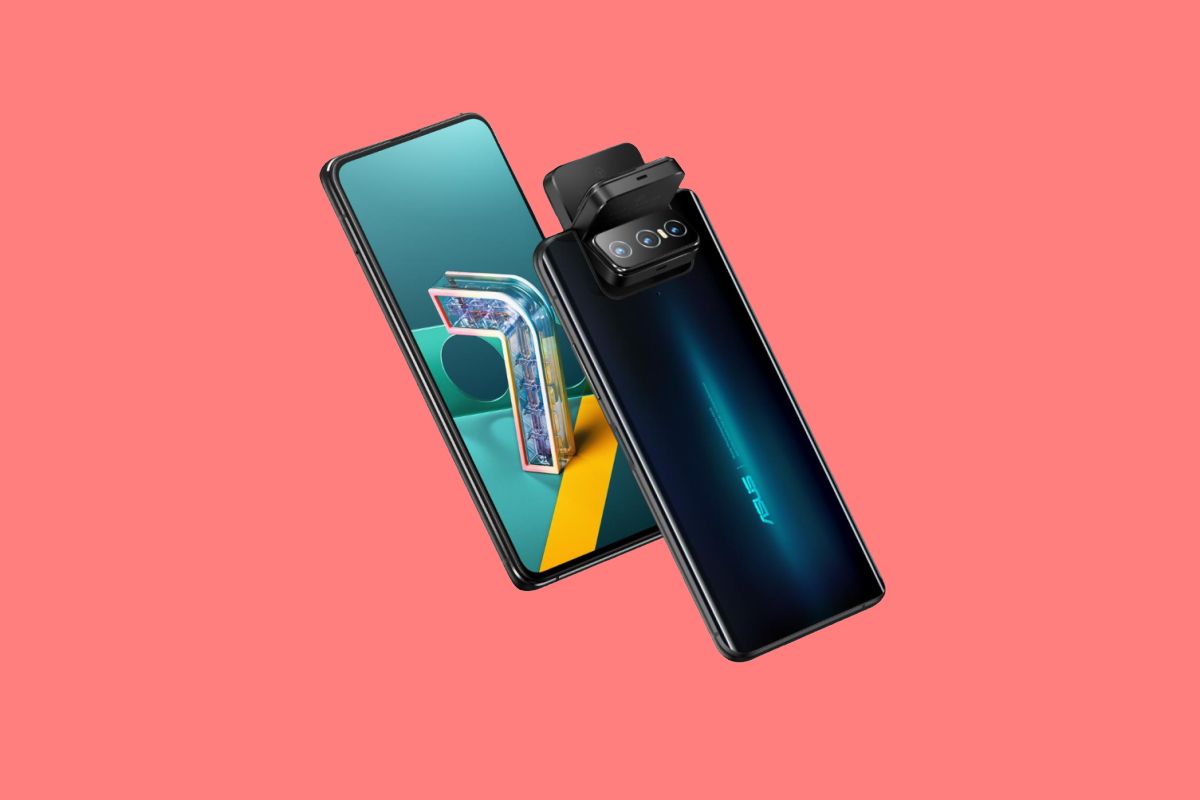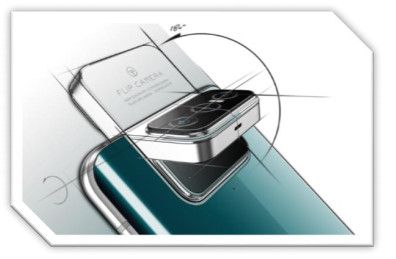ASUS has just launched the ZenFone 7 and ZenFone 7 Pro, two phones that continue the motorized flip camera legacy for another year. While the pricing on the devices has increased compared to their predecessor, there are a fair few improvements onboard that justify the rise. But one of the biggest improvements with the devices doesn't actually have to do with the devices themselves, but rather, their supply. With the ZenFone 7 and 7 Pro, ASUS is promising greater availability compared to last year's model.
The ASUS ZenFone 6 faced several shortages across the world after it was launched. Complaints on its availability were found everywhere you looked, and many consumers were disappointed that the phone was unavailable in their region, forcing them to turn to other flagships to fulfill their needs. During a briefing, ASUS told media that the reason for these shortages was because of the difficulty in processing the "liquid metal" used for the flip camera housing. The "liquid metal" here refers to metal alloys with an amorphous structure, and apparently processing this material for the production of the flip camera housing was the main problem that caused ASUS to fall behind in making new ZenFone 6 devices.
ASUS ZenFone 7 Forums ||| ASUS ZenFone 7 Pro Forums
Here's how ASUS described the liquid metal used in the ZenFone 6 last year:
The most important material used in the Flip Camera is liquid metal (amorphous metal alloy). In order to minimize the size of the camera module, the design team was worried about the impact on durability. The thickness of many parts of the camera module is only 0.4 mm, which is about the thickness of five sheets of photocopy paper. At this thickness, whatever material is used — plastic, aluminum or stainless steel — it can be broken by the poke of a fingernail. The ASUS development team researched a solution, and the answer was liquid metal.
“Liquid metal is not actually liquid: everyone hears the words liquid metal and probably thinks of the Terminator, imaging it's like mercury”, says Pete Lin, “What is liquid metal? Its scientific name is amorphous metal alloy. It's a type of alloy that's solid at normal temperatures, but has the atomic structure of a liquid.”
The physical state is equivalent to glass, so another name for it is metallic glass. Its characteristics are strength and flexibility. It's four times tougher than stainless steel. When we found this material, we were like “Wow!” It seemed to the team that they now had a chance to create the device. But the downside is that it is very difficult to process, and needs to be as finely polished as a Swiss watch.
The reason why liquid metal is rare is that unwanted holes are easily formed in it during the manufacturing process. If there are holes, this expensive material needs to be discarded, and there are very few willing suppliers, except for the interior parts of some premium products. ASUS broke through many technical limitations, and adapted an evacuated die-casting process, which totally eliminates the chance of holes. So the entire Flip Camera module, including the axes, can be made of liquid metal.
After the liquid metal is die-cast, it must be cut, but because it's very hard, the initial CNC milling tool and scissors are easily deformed and damaged. Instead we chose a water jet cutter, which is cheaper. However, the water jet cutter can't do very fine work. When cutting it, the corners and edges remain, and the back still has to be trimmed by CNC. The assembly of the upper and lower frame of the camera module requires high precision, so ASUS had to do a rare thing in the industry: engrave laser serial numbers inside the upper and lower parts of the module, for precise assembly. In this way, each part can only be matched with a part showing an identical serial number. When it's time to join and polish the parts, they will be perfectly matched. But the downside is that when one part is broken, a whole set of modules is trashed.
ASUS mentions that they have learned from this episode and are consequently better prepared this year. The company expects that the supply of the ASUS ZenFone 7 and ZenFone 7 Pro will hopefully be better. Even right at launch, there is a greater quantity of ZenFone 7 devices available in the launch regions compared to the ZenFone 6. So people who want to get their hands on the phone should now face fewer difficulties and see more open sales. That, of course, still depends on how high the demand is in each region.


